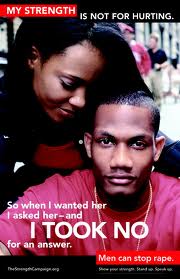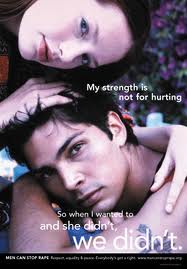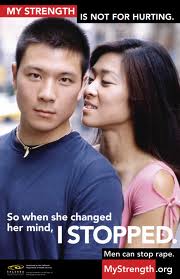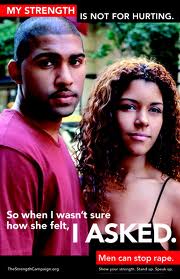Effective campaigning is built around clear messages, which state the problem, the solution proposed (through the campaign goal), and the action the audience can take to reach the campaign goal. An effective message captures the attention of the target audience, is easy to understand and remember, and does not require any further explanation. In some campaigns, a different message is crafted for each target audience, while in others, there may be an overarching message that also has accompanying ‘sub-messages’ that are intended for different segments of the target audience. Still others, (e.g. those that are protesting something specific like impunity) may use only one message repeated over and over throughout the campaign.
When devising a campaign message(s), it is important to take a participatory approach and solicit the views and perspectives of members of the target audience. ‘Draft’ messages should then also be pre-tested with those who have not been involved in the campaign so far to gain the benefit of ‘fresh eyes and ears’ and unbiased opinions.
The campaign message should include the following elements (adapted from WOMANKIND, 2008. Stop the Bus! I Want to Get On Campaign):
- The “ask”, i.e. a brief statement of what the campaign wants to change or is protesting about. It should be positive and inspiring.
- The reason for the “ask”, i.e. why the campaign is intended to achieve this, why something has to change, or the reason behind the protest.
- What is at stake, i.e. what will happen if the protest isn’t heard or if the proposed change does not happen.
- Action to be taken, i.e. what the campaign calls for target audiences to do in order to effect or support the proposed change.
Example: The behaviour-change campaign Freedom from Fear in Australia crafted precise messages for each target audience.
For the general public, to emphasize that:
- Domestic violence and sexual assault are crimes that will not be tolerated.
- Freedom from violence and from the fear of violence is a basic right.
- Sexual assault may accompany domestic violence.
- General members of the community can do something about domestic violence.
For women who have experienced violence, to stress that:
- They are not responsible for the violence.
- They can draw upon their social support networks to help them stay safe.
- They can make choices so they can become free of violence.
- Help is available from services.
- If left unaddressed, domestic violence is likely to get worse and could have even worse effects for themselves and for their children.
For men who engage in family violence, that:
- It is their responsibility to stop this behaviour.
- Under no circumstances is it acceptable.
- Continuing their violence carries great risks such as losing the affection of their family and the respect of their friends.
For bystanders who are aware of or witness/hear domestic violence happening to others, the message was that it is their business to intervene and that doing so could make a positive difference.
An additional communication objective inferred from one of the television commercials targeted towards teenage girls was that it is the right thing to protect oneself from male abuse and violence by ending a relationship, and that this is something that would be supported by their peers.
Source: VicHealth, 2005. Review of Communication Components of Social Marketing / Public Education Campaigns Focused on Violence Against Women.
The message should:
- Resonate with the target audience(s) and leave a lasting impression.
- State the problem clearly and simply, in a way that shows, without exaggeration, that it is a serious problem which requires urgent action.
- Propose a solution.
- Invite the audience to take specific action.
A short, engaging slogan or tagline summarizing the campaign goal:
“Safiya must not die”
A short, engaging slogan or tagline summarizing the action to be taken:
“Break the silence on domestic violence”
These can help enhance the visibility of the campaign. Try the RUM check: is the slogan Relevant to the audience, Unexpected and Memorable?
Example: An inspiring example is “Consent is Sexy”, a slogan used in a campaign to promote awareness among South African students about consent and respect – to reduce conflict within relationships and to reduce sexual assault and rape.
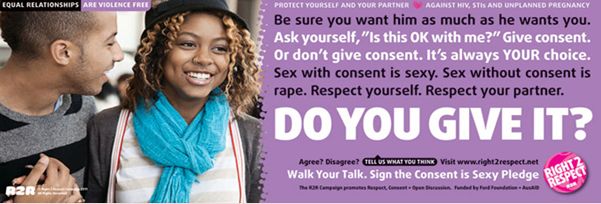
Example: MyStrength, a project of the California Department of Health Services and the California Coalition Against Sexual Assault (CALCASA), reaches out to young men to stop rape. Their campaign, My Strength is Not for Hurting appears in communities across the United States, Puerto Rico and more than 20 other countries.
